When I first wanted to try yoga, after a teacher at my university spoke about it, I went Google hunting for nearby studios. That I was completely confused is an understatement. Instead of simply “yoga” studios, I was seeing Ashtanga, Vinyasa, Hatha, Samadhi, and many other “this yoga” or “that yoga” studios. So, I fell down a rabbit hole - one filled with Sanskrit terms and spiritual promises.
I had an idea of what I wanted to try, but the seemingly endless choices made it hard for me to make a decision.
If you’re like me, this guide is for you. Getting what you need from your yoga journey shouldn’t feel like an uphill battle. We’ll take you through a brief overview of what yoga, in its most general terms, means, how we got to have all these different types of yoga, what you can expect, and a quick rundown of some popular yoga types.
Why Are There Different Types of Yoga?
At its core, yoga is an ancient practice that aims to unite our mind, body, and spirit. In this quest, the practice combines many philosophies, principles, and practices. It originated in India thousands of years ago, where yoga typically involved (but not always) physical postures (asanas), breath control (pranayama), and meditative practices.
These three elements are more or less present in all types of yoga, albeit in different forms. For instance, some types of yoga focus on the spiritual aspect more and involve very light movements – if at all. Other yoga types are more physical, such as Ashtanga yoga, which involves a lot of asanas practiced in order.
Throughout the years, as yoga evolved and moved to the West, different yoga teachers gave their own interpretations of the ancient yoga texts and they developed their own systems of yoga based on these interpretations. Most famous examples include Bikram yoga (hot yoga) by Bikram Choudhury, based on the teachings of B. C. Ghosh, Iyengar yoga by B. K. S. Iyengar, Raja yoga by Swami Vivekananda, who gave his own interpretation of the Yoga Sutras of Patanjali, and many more.
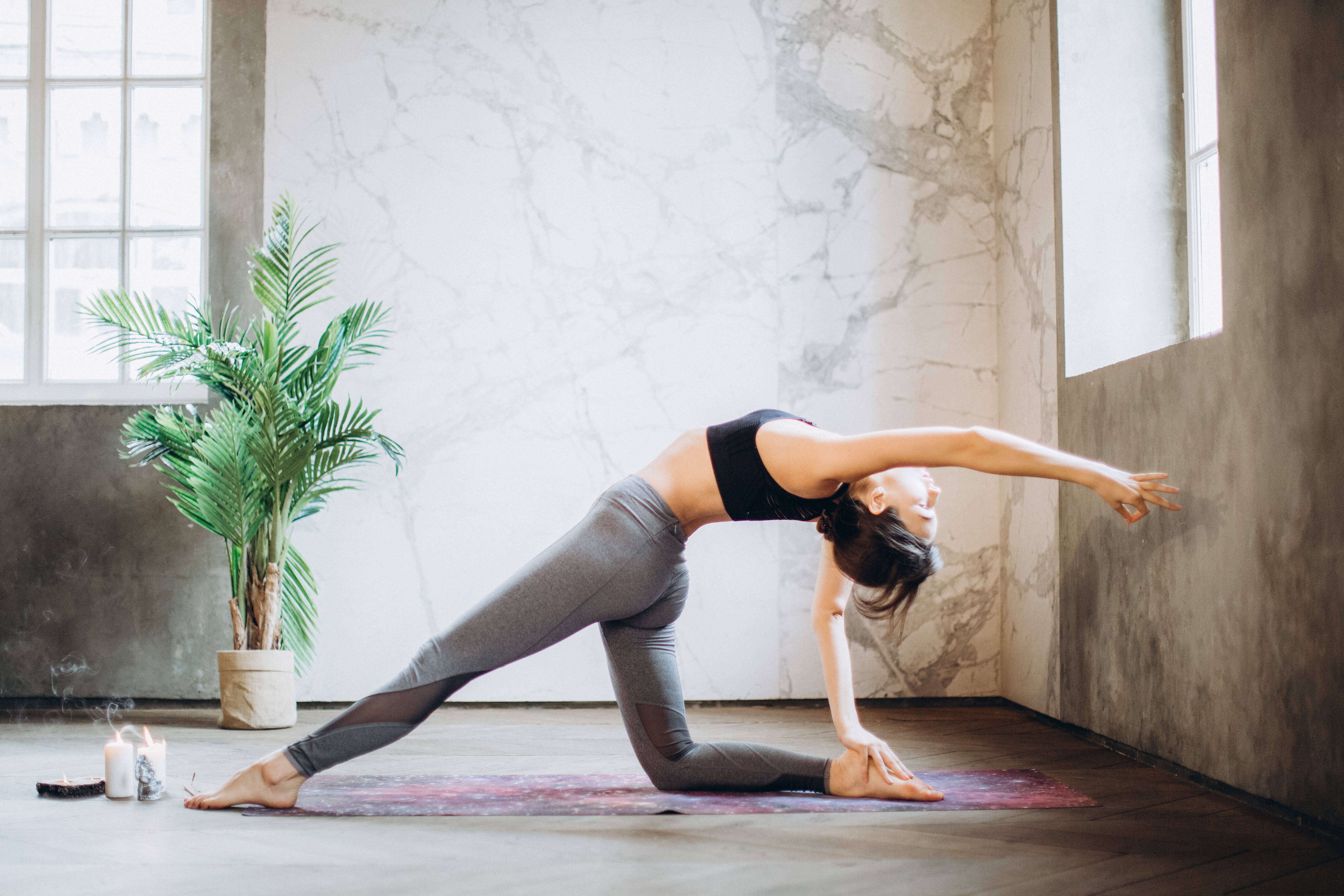
In these examples, the different yoga types represent different systems (ways of practicing yoga) developed by renowned yoga gurus. Since the ancient yoga texts were very mystical and vague, some yoga teachers personalized the practice according to their own beliefs, thinking they had found a system that could unite our mind, body, and spirit – and help us lead a better, more spiritually enriched life.
Because of this, it’s probably best to think of yoga (in general) as a toolbox for life. Each different type of yoga is just one tool in that toolbox. Some tools may be more universal, while others are very specific. Nevertheless, it’s up to you to choose which tools you want to use for your life needs, from physical strength to mental clarity and emotional resilience.
How to Make Sense of All The Names
Another useful analogy when thinking about yoga is trees. Yoga, like a tree, has many branches that have evolved into what they are today because they meet the diverse needs and lifestyles of practitioners. The most popular and well-known yoga types are the ones that cater to most practitioners, while the other, more niche yoga types cater to very specific needs, for instance, prenatal yoga or Jivamukti yoga.
As the world changes, new yoga types are emerging. Still, the various yoga styles are essentially diverse interpretations of attaining well-being and harmonizing the mind and body.
Many yoga disciplines share similarities, overlapping in their approaches and techniques. Additionally, within each yoga style, individual variations often emerge from the unique perspective and methodology of the yoga instructor. For example, two Hatha yoga classes can be widely different experiences with varying levels of difficulty.
So, while this guide is a great navigational tool, always talk to the yoga instructor (and ask them all kinds of questions!) before booking a class!
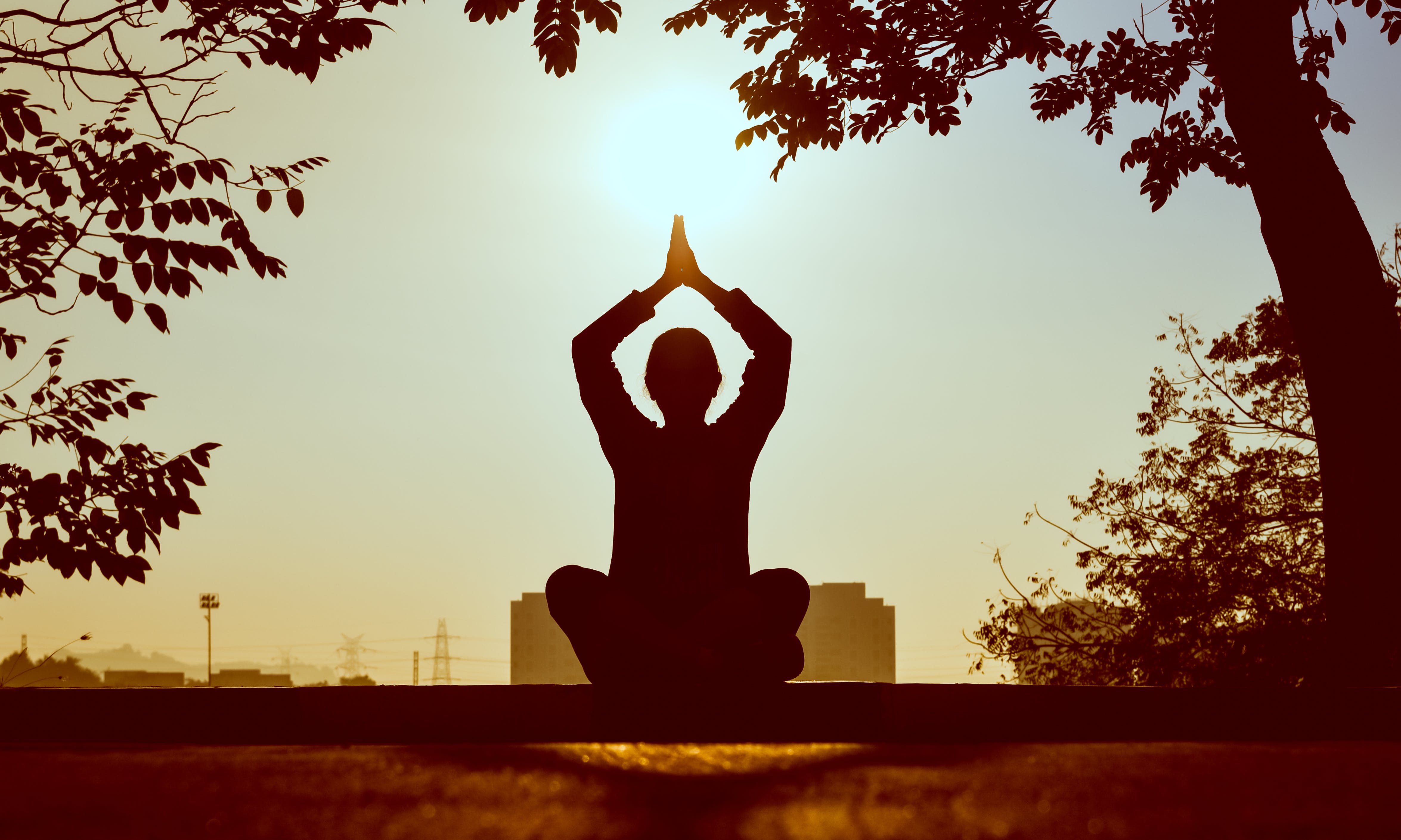
Different Types of Yoga
Here are some of the most popular yoga styles practiced in the West today. Keep in mind that this list is not all-encompassing, and you may find other yoga types out there.
Hatha Yoga
Hatha yoga classes will typically include a set of easy asanas and breathing techniques. This branch of yoga is quite broad, with its main idea being to channel our life energy through physical techniques (asanas and breathing exercises). Each yoga instructor will choose the poses, breathing exercises, and order of their class based on their style.
Therefore, many more specific yoga styles that include both physical postures and breath work are said to be based on Hatha yoga, including Ashtanga and Vinyasa. In fact, the term Hatha yoga is often a catchall concept for any yoga style that combines asanas with breathwork.
In any case, hatha yoga classes are usually great for beginners and people who want physical practice but don’t want to feel sore afterward.
Ashtanga Yoga
Ashtanga is for those who love a challenge. It’s a rigorous, physically demanding style, following a sequence of poses (asanas). There are six series or levels, and all asanas within one series are practiced in a fixed order. Expect to sweat and push your limits.
Ashtanga was popularized by K. Pattabhi Jois during the twentieth century, who learned it from his teacher Tirumalai Krishnamacharya. However, the roots of Ashtanga can be traced back to the author of "Yoga Korunta," Vamana Rishi, and even the sage Patanjali.
Because of its ancient roots and the physical nature of the practice, today, Ashtanga as a yoga system is one of the most popular yoga styles in the West.

Vinyasa Yoga
Still, the number one spot in terms of popularity goes to Vinyasa. Often called "flow yoga," this style is all about fluid movements. The poses transition smoothly and are linked with our breathing. Every inhalation and exhalation is a different movement. It's dynamic and creative – perfect if you like a challenge and a change in routine. Personally, I like to think of Vinyasa as a contemporary dance with slow and controlled movements.
The difference from Ashtanga is that in Vinyasa, there is no fixed order in which the asanas are performed, and the transition from one asana to another is much more seamless.
Kundalini Yoga
Kundalini is best suited for those who want to tap into their spiritual energy. The practice focuses on awakening our energy at the base of the spine. It blends dynamic postures, breathwork, meditation, and the chanting of mantras.
Picture Kundalini as a key, unlocking the doors to higher consciousness. It's spiritual, it's intense, and it can be transformative. Sikh leader Yogi Bhajan brought the practice to the West in the early 70s, although the style is inspired by and has its roots in the Tantric yoga tradition.
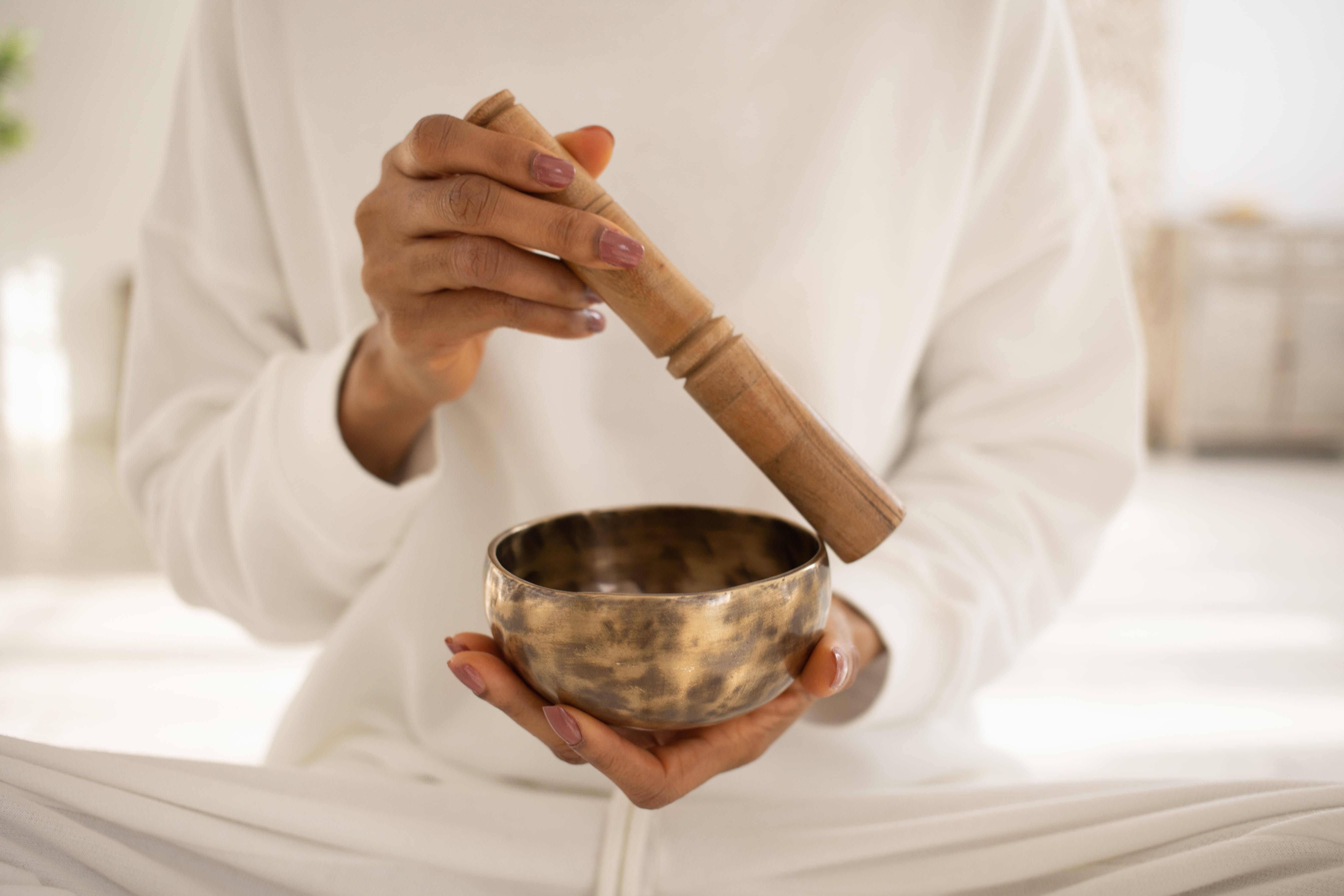
Tantra Yoga
Tantra Yoga is often misunderstood as it’s associated with lust and sexuality. However, just like many other yoga styles, Tantra yoga is a holistic approach that teaches us about our connection with the universe. It’s more of a spiritual and meditation-based practice that focuses on rituals and breathwork as the gateway to our deeper consciousness.
During these classes, self-knowledge and empowerment take the front seat, while physical poses consist of standing Hatha positions and floor-based Yin positions. During these classes, expect chanting, chakra work, guided meditations, and breathwork.
Yin Yoga
You can think of Yin yoga as the quiet, introspective cousin in the yoga family. Here, the poses are held for several minutes, targeting deep connective tissues and helping improve flexibility.
However, at its core, Yin yoga is a meditative practice encouraging introspection and relaxation. If yoga had a pause button, Yin would be it. It's the perfect antidote to the hustle and bustle of modern life, as it offers a sanctuary of calm and stillness.
Fun fact: Yin yoga was inspired by ancient Chinese Taoist practices where the stretches (asanas) are held longer – several minutes each. Because of this, this yoga style is often incorporated into Kung Fu training.
If you’re into martial arts, Yin yoga could be just the thing your body needs. Some say that the superficial movements of the body are the “yang,” and the meditative yoga practice is the “yin” that helps us keep our energy in balance.
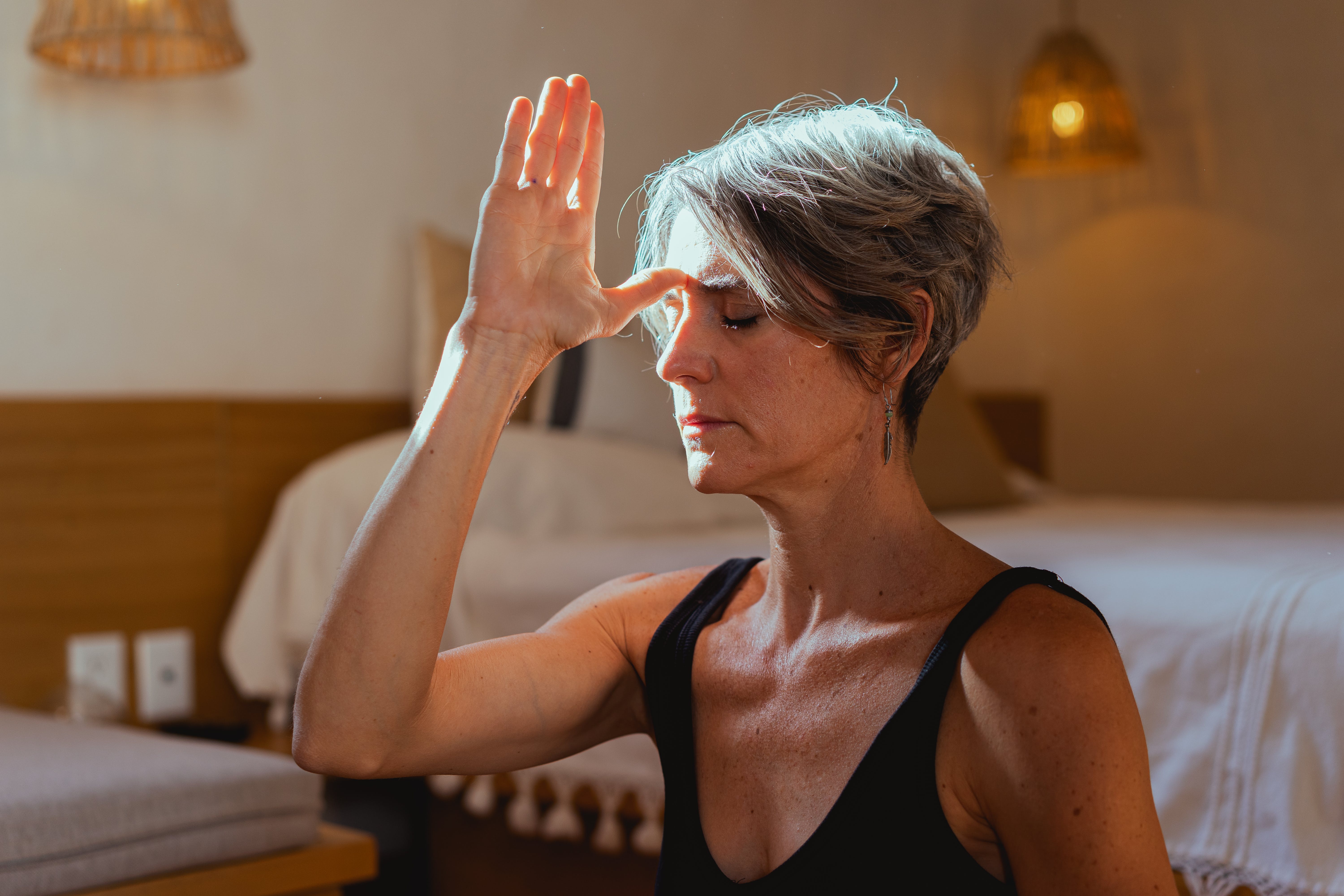
Restorative Yoga
Restorative yoga is therapy for the body. You can think of it as a restful practice that aims to restore our well-being through passive stretching and deep breaths. The main difference between restorative yoga and other relaxing and slow-pace yoga types is that restorative yoga relies on props and asana modifications to make the pose more comfortable for the practitioner.
Restorative yoga practitioners believe that by relaxing into the poses, we can achieve physical, mental, and emotional relief.
The practice is relatively new as it was developed in the US in the 70s. Inspired by the teachings of B.K.S Iyengar, Judith Lasater developed this style with the primary goal of using yoga to aid recovery from illness or injury.
Power Yoga
Another modern variation of yoga is power yoga, which can be described as the high-energy, dynamic cousin of Ashtanga. It's a fitness-based approach that puts the focus on strength and flexibility. The primary goal is to use yoga as a vigorous fitness discipline.
The practice was invented in the 90s by two students of K. Pattabhi Jois* – the father of modern Ashtanga yoga. It gained popularity when Beryl Bender Birch, one of the students, started teaching a mix of Ashtanga Vinyasa to athletes. Since then, this style has gained traction among those who are mostly interested in the physical benefits of yoga.
Hot Yoga
Hot yoga, sometimes referred to as Bikram yoga, is practiced in a heated room. Some say that this style of yoga aims to replicate the weather conditions in India, where it’s very hot and humid. The warmth aids in flexibility and detoxification through excessive sweating.
However, Bikram yoga is actually a subtype of hot yoga with a fixed series of 26 postures practiced in a 40°C room. It was developed by Indian-American yoga guru Bikram Choudhury.*
Disclaimer: Hot yoga is challenging because of the hot environment where it’s practiced. Therefore, people with heart conditions, heat intolerances, and problems with dehydration should avoid this style.
*It’s important to mention that K. Pattabhi Jois and Bikram Choudhury have become infamous for sexual assault on students and building a cult-like environment that made it difficult for victims to speak out. While their contributions to yoga have been significant, these serious allegations and their subsequent fallout have undeniably tainted their legacies and raised important questions about the ethics and governance within the yoga community. They remain a stark reminder that while we can learn and benefit from the practices developed by such figures, we must also maintain a vigilant and open dialogue about misconduct and abuse of power.
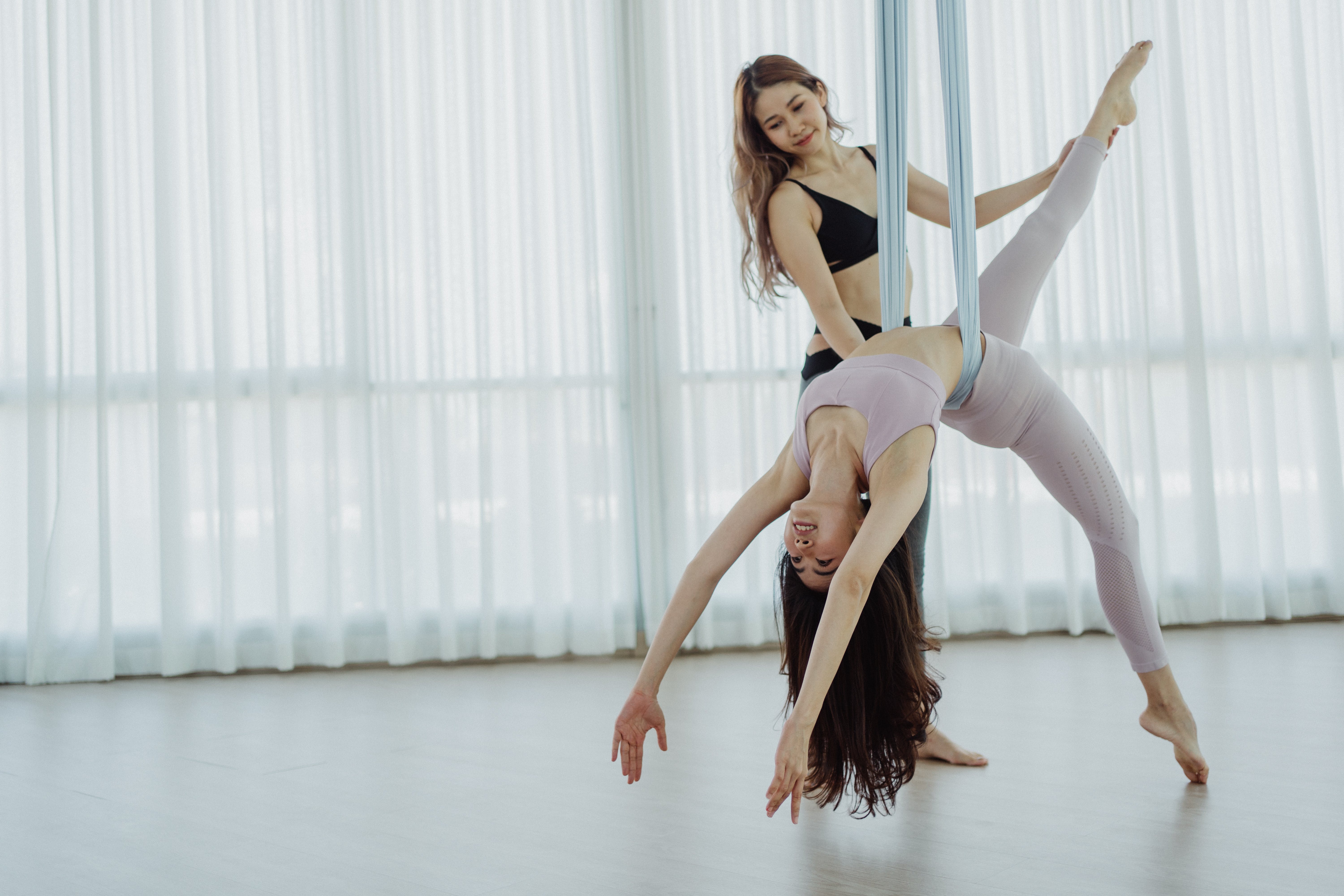
Aerial Yoga
Aerial Yoga takes your practice off the ground – literally. Using a hammock or silk straps, it combines traditional yoga poses with acrobatics. It's playful, fun, and offers a unique perspective on things.
If you ask me, aerial yoga is an amazing example of how yoga can be mixed with other sports and disciplines into more unique movements that inspire creative expression.
It’s a modern twist to yoga but one that works perfectly for those who want to try new things.
Beer Yoga, Goat Yoga, and More…
In today’s modern society and its growing focus on wellness, physical activity, and fitness, new yoga styles are emerging faster than ever. While ancient yoga gurus developed unique systems based on their insights after decades of studying ancient yoga texts, modern instructors catering to a very different demographic are finding new ways to make yoga accessible and entertaining.
This is why we’re seeing a growing number of offbeat yoga styles, such as beer yoga or goat yoga. These yoga types mean exactly what the name suggests - doing classical Hatha or Vinyasa yoga while drinking beer or with goats roaming around.
While they may not stem from ancient wisdom regarding our body, mind, and energy, they have become extraordinary emotional tools for reducing anxiety and encouraging joy and happiness. For these yoga types, the goal is to make the practitioner feel good more than anything else.
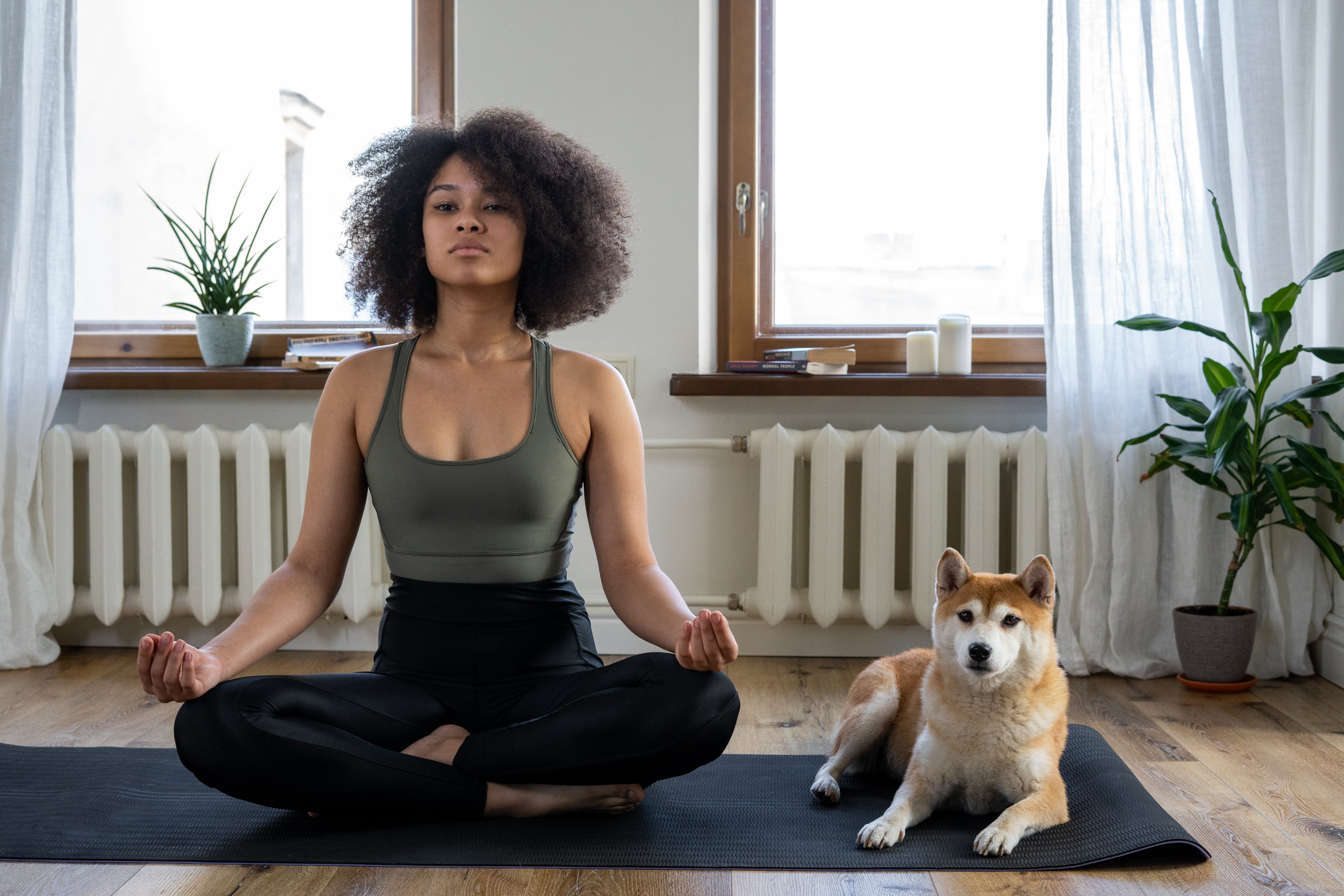
What Yoga Will It Be?
In the end, the choice of yoga style is as personal as your taste in music or food. Each type offers its own rhythm and benefits. Whether you seek the intense physical challenge of Ashtanga, the flowing grace of Vinyasa, or the meditative stillness of Yin, there's definitely a yoga practice out there that resonates with your preferences, needs, and body. You just have to find it!
Hopefully, this guide has helped you make sense of the entangled web of yoga types. There are many, but once you get the hang of what is what, you’ll see that this diversity allows you to find something perfectly suited for you.
If you want to learn more about yoga, head over to our blog, where we have many other guides, or check out our helpful tutorials.



Comments
Existing Comments